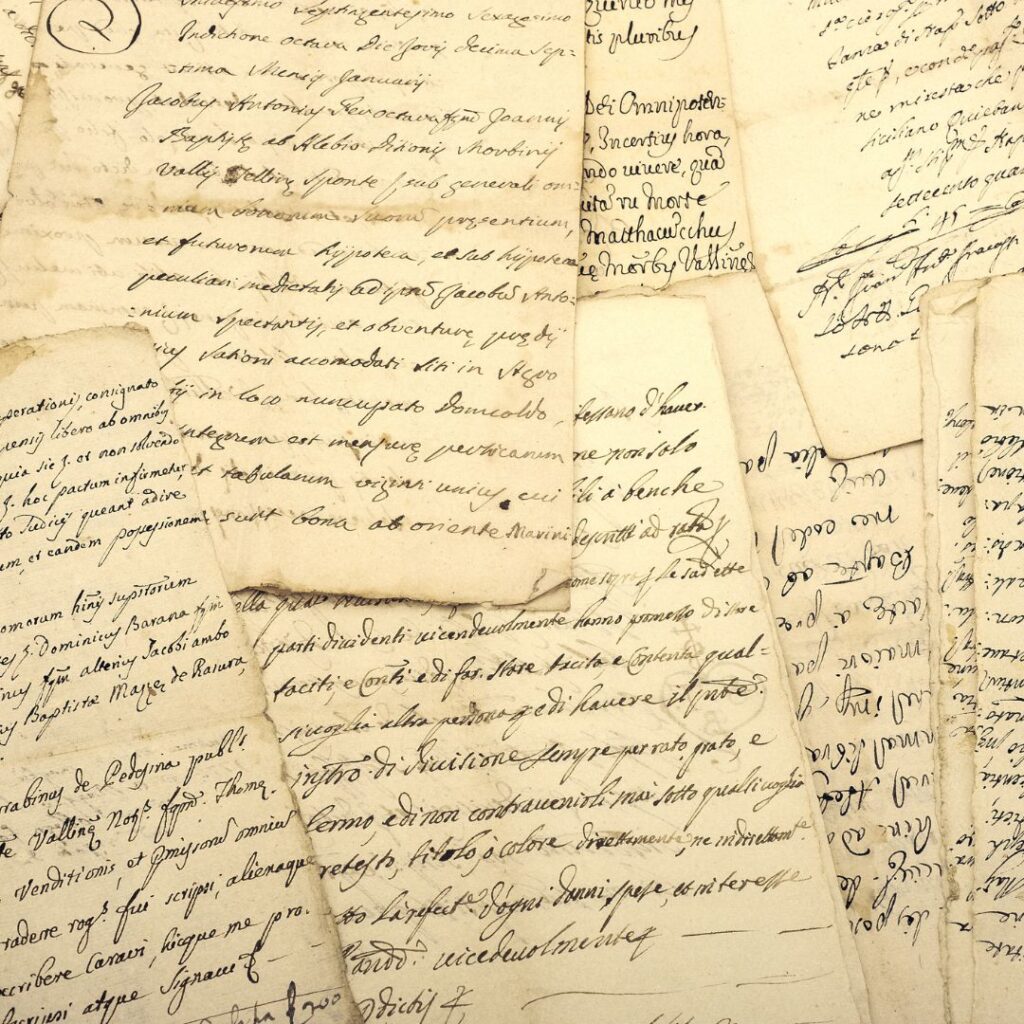Table of Contents
- Introduction: The Journey Back in Time
- Understanding Publishing: A Brief Overview
- The Roots of Publishing: Early Beginnings
- So, What is the Oldest Publisher in History Again?
- The Legacy and Impact
- Cambridge University Press Today
- Final Thought
Introduction: The Journey Back in Time
In this write-up, we will go on a journey to uncover the origins of publishing and reveal the answer to the old-age question: What is the oldest publisher in history? Understanding this rich history gives us a perspective on how vital publishing is in shaping culture, education, and society.

Publishing has been pivotal throughout history in disseminating information, ideas, and knowledge. From the first manuscripts painstakingly copied by hand to the mass production of books made possible by the printing press, the evolution of publishing has been intertwined with human progress.
Founded in 1534, Cambridge University Press is the oldest publisher and is still running today.
Given its 500+ year history, Cambridge University Press has published groundbreaking works across many fields that have stood the test of time. Uncovering its story provides fascinating insights into scholarly publishing and its immense contributions to academia and beyond.
By exploring the legacy of Cambridge University Press, we will better appreciate publishers’ vital role in disseminating essential works that have advanced human knowledge. Their contributions to education, science, literature and beyond over centuries have helped spur innovation, preserve history, and spread new ideas far and wide.
This blog post will highlight why the history of publishing matters and how learning about pioneers like Cambridge University Press can inspire us to continue using publishing to impact the world today and in the future positively.
Understanding Publishing: A Brief Overview
Publishing refers to producing and disseminating written content to the public. It involves content acquisition, editing, design, production, marketing, and distribution. While the core concept has remained the same over the centuries, the methods and scale of publishing have evolved tremendously.
The origins of publishing can be traced back to ancient times when information was shared through cave paintings, papyrus scrolls, and clay tablets.
With the invention of the printing press in the 15th century (thanks to Johannes Gutenberg), the mass production of books and printed material became possible. This marked a major turning point, allowing information and ideas to spread rapidly to wider audiences.
Today, publishing is a global, multi-billion dollar industry spanning books, newspapers, magazines, journals, and online publications. It plays a pivotal role in education, entertainment, and knowledge transfer.
Publishers are responsible for sourcing, preparing, disseminating, and preserving content. Their activities include the acquisition of copyrights, editing, design, production, marketing, and sales.
While print publishing remains significant, digital publishing has greatly expanded access and reach. The Internet has enabled new business models, platforms, and revenue streams. Self-publishing has also grown enormously, thanks to print-on-demand and e-book technologies. The publishing landscape continues to evolve rapidly with changing consumption patterns and emerging technologies.
Overall, publishing has had an immense impact on civilization. Disseminating information and ideas has fueled progress, shaped public discourse, preserved knowledge and culture, and expanded literacy and education. As humankind’s oldest information industry, publishing continues to inform, educate, and entertain people worldwide.
The Roots of Publishing: Early Beginnings
The origins of publishing can be traced back to ancient times with the emergence of writing systems in various civilizations. However, publishing as we know it today started taking shape in Europe after the invention of the printing press in the 15th century.
Before the printing press, books and manuscripts were painstakingly handwritten and copied by scribes. This made books expensive and limited in circulation.
The printing press, developed by Johannes Gutenberg around 1440, allowed books to be mass-produced for the first time. This revolutionary technology used movable type and oil-based ink that could print on paper efficiently. Suddenly, books became more affordable and accessible to the wider public.
Gutenberg printed the first major book using his press – the Gutenberg Bible in 1455. This marked a pivotal moment in the evolution of publishing. No longer did readers have to rely solely on manuscripts. Printed books could spread new ideas and knowledge on a much wider scale.
In the following decades, printing presses popped up across Europe. Early merchants and printers like William Caxton in England and Aldus Manutius in Italy helped standardize and regulate publishing. The printing press fueled the Renaissance by making scientific and literary works widely available.
By the 17th century, publishing was a thriving industry. Many bookstores opened up as printed books reached everyday readers. This was helped by increasing literacy rates and the emergence of lending libraries. Publishers also benefited from copyright laws that protected their rights. The publishing landscape continued to evolve over the next few centuries.
In summary, the origins of modern publishing can be traced back to Gutenberg’s revolutionary printing press in 15th-century Europe. This groundbreaking technology transformed the production and circulation of books, allowing ideas and information to spread further.
So, What is the Oldest Publisher in History Again?
As you have read, the honor of being the oldest publisher in history belongs to none other than the prestigious Cambridge University Press. Founded in 1534, Cambridge University Press has a rich history spanning nearly 500 years of operation.
The Press traces its origins to 1521 when King Henry VIII granted the University of Cambridge the right to print books. In 1534, Henry VIII formally awarded the University the title of “The King’s Printer,” essentially establishing Cambridge University Press. The early years of the Press were dedicated to printing Bibles, prayer books and scholarly texts.
Some of the notable achievements of Cambridge University Press in its founding years include:
- In 1591, the Press published its first Bible.
- By 1696, the Press had printed over 200 editions of the Bible in different languages.
- In 1712, the Press published Sir Isaac Newton’s influential Latin work, Philosophiæ Naturalis Principia Mathematica (English: The Mathematical Principles of Natural Philosophy).
The Cambridge University Press steadily grew over the centuries, expanding its catalog to cover various academic disciplines. It established itself as a leading publisher of scholarly works and textbooks while printing Bibles and prayer books.
By the 19th century, Cambridge University Press had become the largest printer and publisher in the world. It made significant contributions to fields like mathematics, science, and biblical studies while continuing to publish the Christian scriptures.
The founding and early centuries of Cambridge University Press laid a strong foundation for it to become the eminent global publisher it is today. Its legacy as the oldest publisher provides invaluable insights into the history of printing and publishing.
The Legacy and Impact
The Cambridge University Press has left an indelible mark on publishing, particularly academic publishing. Founded in 1534, it is the oldest publisher in the world that is still operating today. Over its nearly 500-year history, the Press has published groundbreaking works across various academic disciplines.
Some of the most influential publications in fields like mathematics, science, and literature have been published by the Cambridge University Press.
These include Sir Isaac Newton’s Philosophiae Naturalis Principia Mathematica, considered one of the most important scientific works of all time, and the poems of John Milton and William Wordsworth. The Press was also the original publisher of Charles Darwin’s On the Origin of Species in 1859, which fundamentally transformed our understanding of biology and natural selection.
In addition to individual seminal works, the Cambridge University Press has published entire series and collections that have shaped academic thought for centuries. The Cambridge Histories collection, containing over 350 volumes of world history scholarship, and the Cambridge Companions series, with over 300 titles providing overviews of major academic subjects, are prime examples.
Through these publications, Cambridge University Press has disseminated pioneering research and enabled the spread of knowledge across continents.
Its global reputation for academic excellence has made the Press a highly sought-after publisher among scholars around the world. The Press has facilitated intellectual progress and helped educate generations of students and researchers by giving a platform for groundbreaking discoveries and ideas.
Even in today’s digital era, the legacy of Cambridge University Press endures through its continued publication of authoritative scholarship. As one of the oldest active publishers, its longevity is a testament to the vision of its founders and its ongoing contributions to academia.
Cambridge University Press Today
Cambridge University Press remains one of the most prestigious academic publishers in the world today. With over 50 offices across 40 countries, it continues its long legacy of publishing groundbreaking scholarship and educational materials.
The Press publishes over 50,000 titles spanning various academic disciplines, including humanities, social sciences, science, technology and medicine. It works closely with over 400 academic societies and institutions to deliver cutting-edge research to a global audience.
While staying true to its academic roots, Cambridge University Press has embraced the digital age. It offers over 300 academic journals electronically and has digitized its back catalog. The Press has developed online platforms like Cambridge Core to provide researchers seamless access to its content and at the same time, expand its revenue base. It also utilizes digital technologies to expedite publishing processes.
Looking ahead, Cambridge University Press aims to expand its educational publishing program and enhance its digital offerings. It plans to cater to the evolving needs of students and researchers while upholding rigorous editorial standards. The Press will continue nurturing academic talent and disseminating knowledge to empower future generations.
As the world’s oldest publisher, Cambridge University Press remains a defining academic institution. Its remarkable history provides an invaluable perspective on the critical role of publishing in human progress. The Press persists in its founding vision to advance learning and scholarship for the betterment of society.
Final Thought
As we reach the end of this fascinating journey through the history of publishing, it is clear just how vital the role of publishers has been in shaping the spread of information and knowledge across the centuries.
From the first manuscripts painstakingly copied by hand to the printing presses that brought books to the masses to today’s digital technologies, publishing has enabled ideas to travel far and wide.
I trust that the story of the Cambridge University Press demonstrates the profound impact a publisher can have. Since 1534, the Press has been bringing groundbreaking scholarship to readers worldwide.
Works published by Cambridge have pushed progress in science, literature, politics and many other fields. Even in today’s digital age, the Press continues to be a leading publisher of academic research and education.
Understanding this rich history allows us to truly appreciate the foundations on which our modern publishing world is built. It also highlights why we must continue supporting publishers who contribute significantly in their respective fields. The dissemination of knowledge relies on organizations that facilitate the discovery, evaluation, production and distribution of content.
There is still so much more to explore about the world of publishing and the stories behind notable publishers of the past and present. Readers are encouraged to leave their thoughts on this blog post and suggest related topics they want to learn about.
The journey through publishing history is never complete. There are always new connections to uncover and implications for understanding. Most importantly, this history must be preserved and passed on to future generations.
